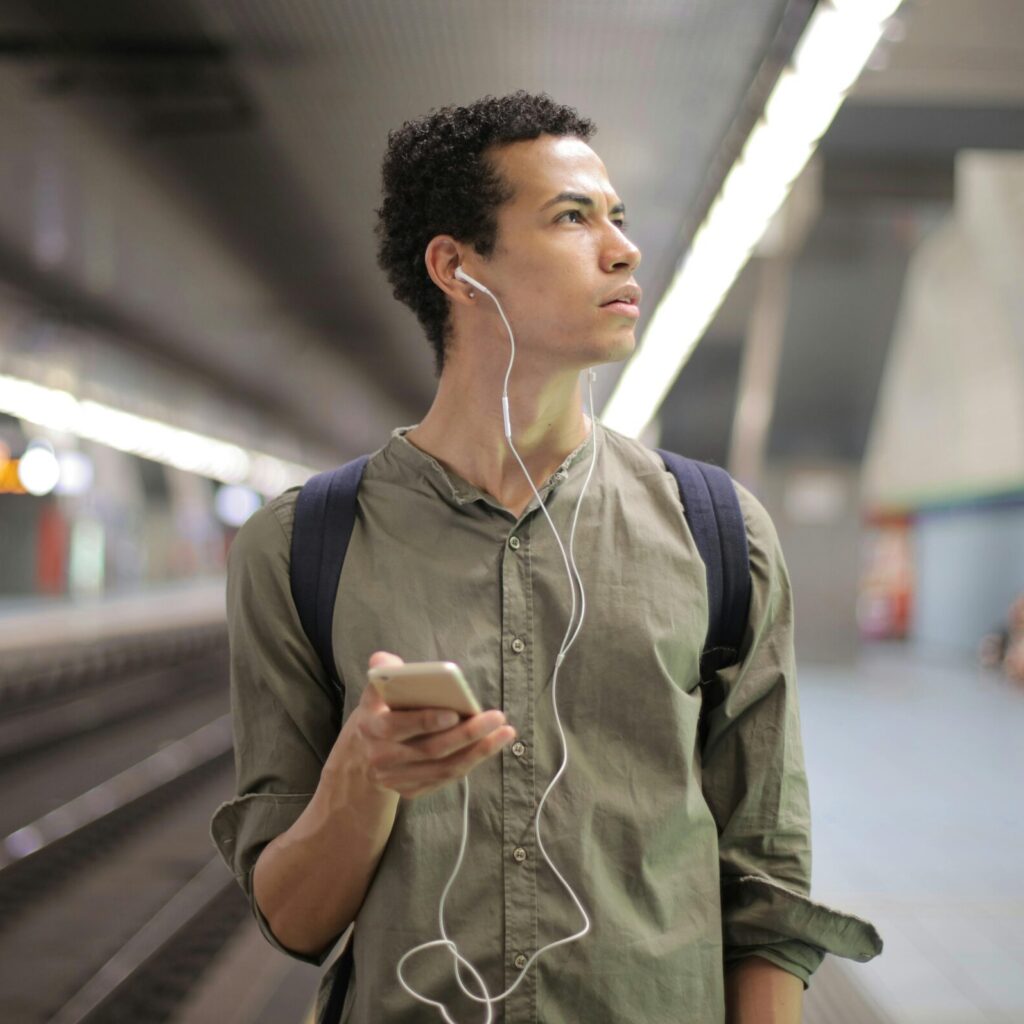Go straight to the information you need

Travel by bus
If you can’t get a driving licence or are receiving certain benefits you may be entitled to free bus travel (in England, Scotland and Wales) or half price bus travel (in Northern Ireland)
To get free bus travel you need to apply for a disabled person’s bus pass. Contact your local council or local passenger transport authority about it
In some areas you may also be able to get a Companion pass that means someone else can travel with you for free
People with epilepsy who live in Greater London may be entitled to a Freedom Pass. This gives free bus, train, tram and tube travel throughout London.
Travel by train
Discounted travel by train is available if you buy a Disabled Persons Railcard. You and any other adult you travel with will get a third off adult rail fares. To find out the cost and how apply visit the Disabled Persons Railcard website.
If you are aged 16 -17, buying a 16 -17 Saver Railcard is an option. The 16 -17 Saver Railcard gives half price Anytime, Off-Peak, Advance and Season tickets, for travel at any time of the day. To find out the cost and how to apply visit the 16-17 Saver website.
If it would help you, Rail Travel Assistance can be booked to provide support when travelling by train. Contact National Rail Enquiries or the train operator you are travelling with, or watch the video below to find out more.
Blue Badge parking
If you have difficulty with mobility, or would be at serious risk when making a journey, you might be eligible for a Blue Badge parking permit. If you are unable to drive, they can be used by another driver when you are a passenger. Learn more about the Blue Badge scheme on the government website.
Sunflower lanyards
Asking for help can be difficult when out and about. The hidden disability lanyard has been designed to act as a sign that the wearer has a hidden disability.
UK airports, some supermarkets, rail companies and visitor attractions use the sunflower lanyard scheme. It is a green lanyard with a sunflower pattern that can be worn to indicate that you might need additional support or just a little more time.
The video below provides more information on the scheme.
Free lanyards can be requested from organisations who have adopted the scheme. If you will be flying from a UK airport, ask the airport about a free lanyard.
You can also buy the lanyards. They are available from the Hidden Disabilities website.

Top tips for travelling by public transport
- If you’re anxious about travelling on public transport, talk about it with someone you trust. Think about what might help
- Build up your confidence by travelling with a friend, or arranging for someone to meet you at your destination
- Carrying some medical ID might make you feel safer
- Don’t forget your phone and make sure it’s fully charged
- Tell someone about your travel plans. You could even share your location on WhatsApp or something similar
- Go a short distance at first and gradually increase the distance you travel
- To look up the details of facilities at train stations, such as the nearest bus stops, where to get a taxi and accessibility, use the National Rail website
- Plan your journey – there are apps and websites that can help with this. For example: Google Maps, Trainline, City Mapper and most bus and rail companies have a journey planner on their website
Getting around without driving
Here are some things that some people do to get around when they cannot drive:
- Ask for lifts from family, friends and colleagues
- Consider living near a good bus route or railway station
- Use taxis when necessary
- Do shopping online
- Walk, if it’s possible
- Cycle, if it’s safe for you to do so
Got any questions?
Our expert advisors can help you with any questions you might have about transport or anything else related to living with epilepsy.


